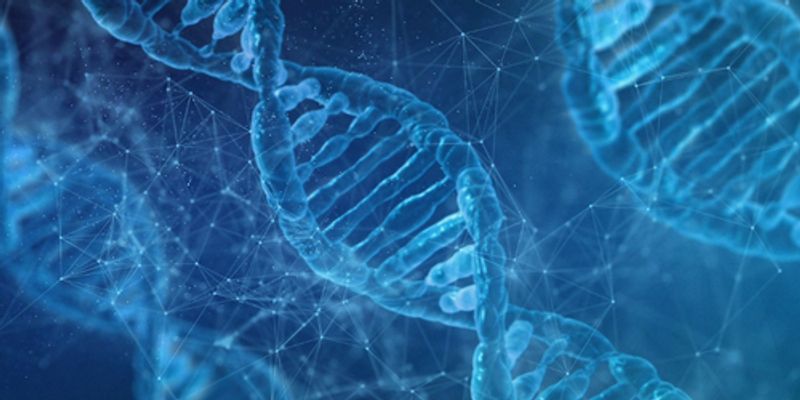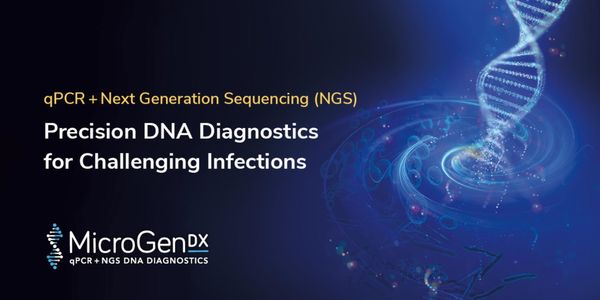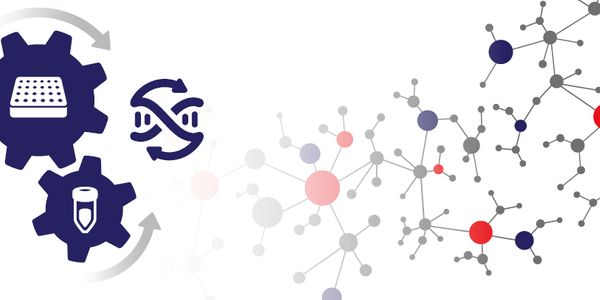DNA technologies
DNA technologies are a broad term used to describe the many advancements allowing for the identification, amplification, and quantification of DNA. DNA techniques are used for a variety of indications, including the diagnosis of disease, uncovering hereditary links, and advancing drug development pipelines.
-
Cell-free DNA (cfDNA) is a key analyte for liquid biopsy samples. Due to extremely low concentration and high degree of fragmentation, the extraction of cfDNA is technically challenging. Her...Speaker: Alexander Wolf, PhD
Biomarkers play a vital role in disease detection and treatment follow-up. It is important to note that the diseases in the early stage are typically treated with the greatest probability of...
Speaker:
Dr. Pradeep Kumar Dabla
NOV 10, 2020 | 9:00 AM
DATE: November 10, 2020 TIME: 9:00am PT, 12am ET Gene Synthesis ensures fast access to nearly any DNA sequence, regardless its origin or complexity. Its reliability, flexibility and fast tur...
NOV 05, 2020 | 7:00 AM
DATE: Date needed, 2020 TIME: Time needed Exosomes are a population of naturally occurring mobile, membrane-limited, 30 – 100 nm in diameter, extracellular vesicles containing a large...
Speaker:
Jorge Escobar
, Aurélie Tacheny
NOV 02, 2020 | 8:00 AM
Date: November 2, 2020 Time: 8:00am PST. Rapid and accurate microbial diagnostic information can change treatment courses and outcomes for patients inflicted with infections. The limitation...
OCT 29, 2020 | 6:00 AM
Date: October 29, 2020 Time: 6:00am (PDT), 9:00am (EDT), Chronic inflammation can occur as a result of a combination of genetic predispositions and environmental factors. Epigenetic modifica...
Speaker:
Thomas Ayers, Ph.D.
, Pawel Zajac, Ph.D.
, Dr. Adam Cribbs
Sponsored By: Illumina,
Dolomite Bio
OCT 22, 2020 | 8:00 AM
Abstract: Detection and/or amplification of target DNA sequences by polymerase chain reaction (PCR) is a prevalent method in molecular biology. PCR has a broad range of applications, includi...
OCT 13, 2020 | 5:00 AM
Date: October 13, 2020 Time: 5:00am (PDT), 8:00am (EDT) Dr. Markus Kostrzewa shall ellaborate the progress that has been made in Bruker Microbiology Research and Development, including new p...
Multiplex detection of oncogenic mutations using LNA-based assays on the QIAcuity digital PCR system Digital PCR (dPCR) enables specific and sensitive detection of genetic alterations in onc...
Speaker:
Dr. Özlem Karalay
Martin highlights various factors impacting molecular analysis from FFPE samples and key challenges and considerations while working with this precious yet challenging sample type. Learning...
Speaker:
Martin Schlumpberger, PhD
Mutations in the epidermal growth factor receptor gene (EGFR) and the known Kirsten rat sarcoma viral oncogene (KRAS) are significant drivers in the development of non-small-cell lung cancer...
Speaker:
Hestia Mellert, PhD
Presented at: Cancer Research & Oncology Week Virtual Event Series 2020
Sponsored By: Bio-Rad Laboratories
Sponsored By: Bio-Rad Laboratories
OCT 08, 2020 | 9:00 AM
Date: October 8, 2020 Time: 9:00am (PTD), 12:00pm (EDT), 5:00pm (GMT) Small DNA viruses require both host DNA replication and repair factors for their replication. The host cell replication...
OCT 08, 2020 | 7:00 AM
DATE: October 8, 2020 TIME: 7:00am PDT, 10:00am EDT, 4:00pm CEST How often do you pipette in your cell culture lab every day? Usually, we do it so often that we tend stop thinking about ho...
RNA plays important and diverse roles in biology, but molecular tools to manipulate and measure RNA are limited. We demonstrate that RNA-targeting CRISPR effector Cas13 can be engineered for...
Speaker:
Omar Abudayyeh, PhD
, Jonathan Gootenberg, PhD
Presented at: CRISPR Virtual Event Series 2020
The CRISPR/Cas genome editing system has revolutionized nearly every aspect of the life science industry. Until recently, the most used formats for this technology have been plasmids, mRNA,...
Speaker:
Gurpreet Balrey, PhD
, Peter Romanienko, PhD
While transformative, first-generation CRISPR technologies remain limited across multiple important dimensions including scalability, editing efficiency, types of modifications available, an...
Speaker:
Nandini Krishnamurthy, PhD
























